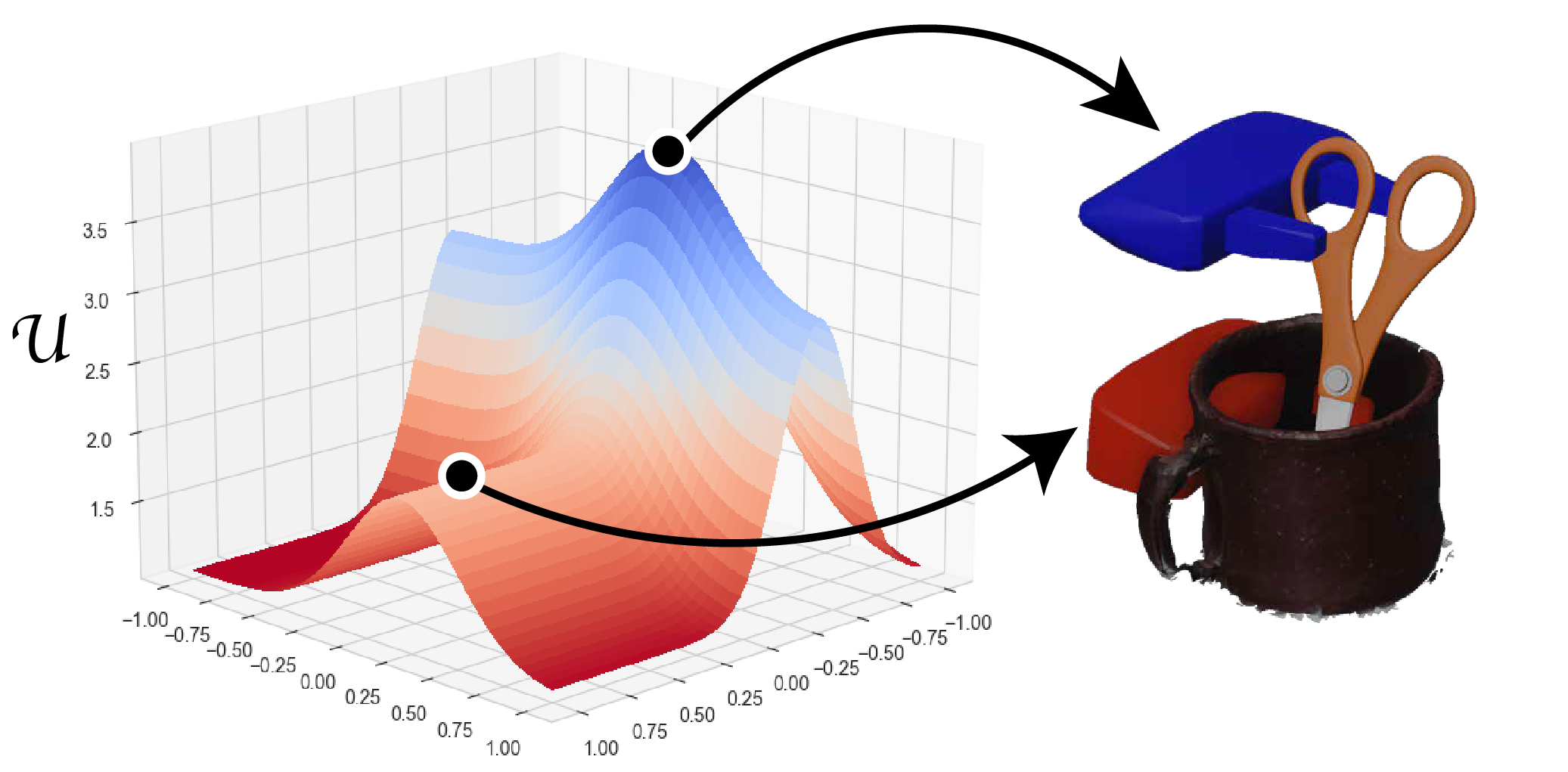GRaCE: Balancing Multiple Criteria to Achieve Stable, Collision-Free, and Functional Grasps
This paper addresses the multi-faceted problem of robot grasping, where multiple criteria may conflict and differ in importance. We introduce Grasp Ranking and Criteria Evaluation (GRaCE), a novel approach that employs hierarchical rule-based logic and a rank-preserving utility function to optimize grasps based on various criteria such as stability, kinematic constraints, and goal-oriented functionalities. Additionally, we propose GRaCE-OPT, a hybrid optimization strategy that combines gradient-based and gradient-free methods to effectively navigate the complex, non-convex utility function. Experimental results in both simulated and real-world scenarios show that GRaCE requires fewer samples to achieve comparable or superior performance relative to existing methods. The modular architecture of GRaCE allows for easy customization and adaptation to specific application needs.

For more on this work, please look at the following resources:
If you build upon our results and ideas, please use this citation.
@inproceedings{taunyazov2024grace,
url = {https://arxiv.org/abs/2309.08887},
author={Taunyazov, Tasbolat and Lin, Kelvin and Soh, Harold},
title={GRaCE: Balancing Multiple Criteria to Achieve Stable, Safe, and Task Functional Grasps},
booktitle = {RSS},
year = {2024} }